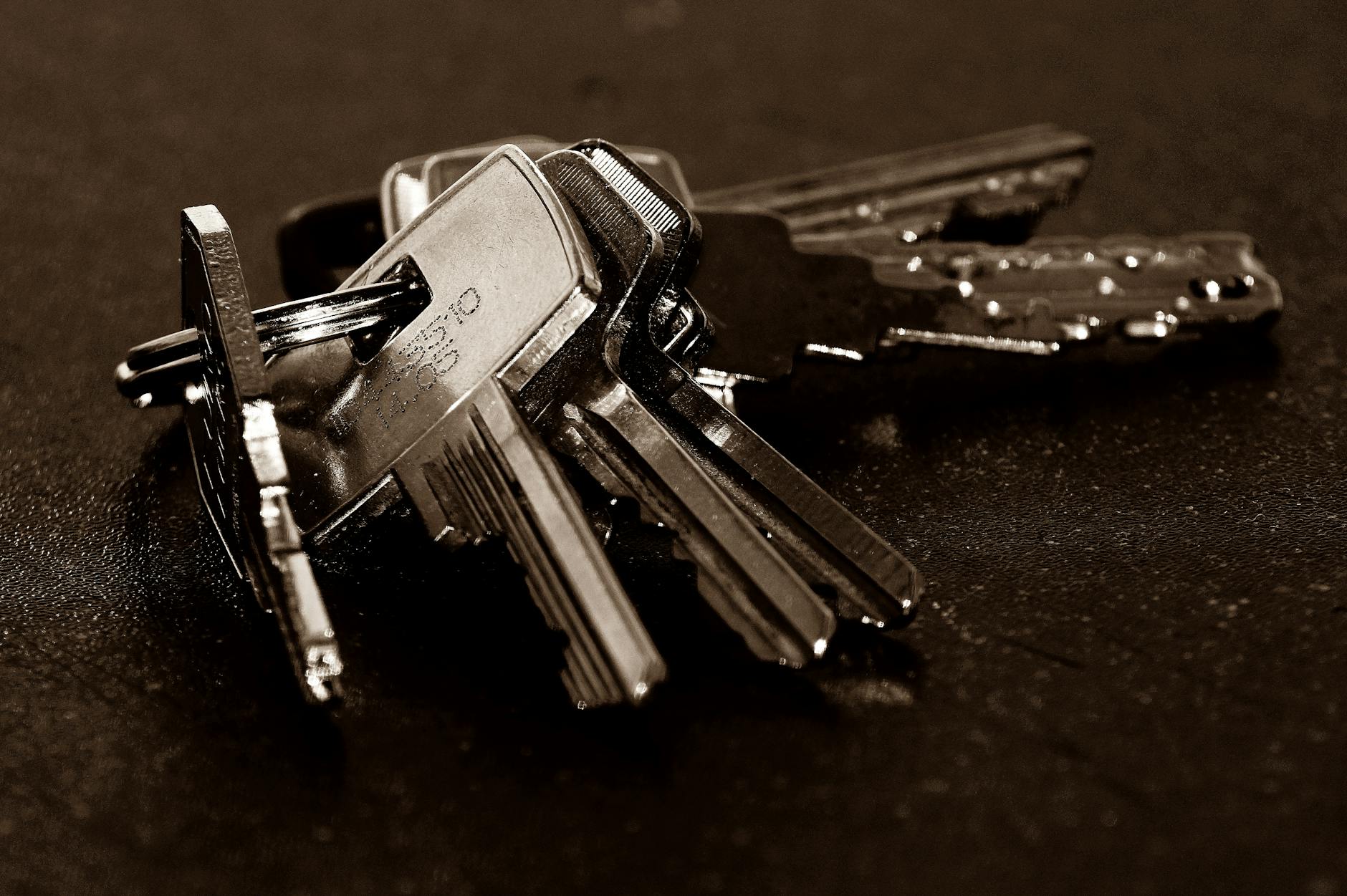In today’s digital age, having a secure home network is essential to protect your personal information and ensure a safe online experience for all users. Setting up a secure home network for multiple users may seem like a daunting task, but with the right tips and strategies, you can easily create a safe and efficient network that meets the needs of all users. From implementing strong passwords to setting up guest networks, these effortless tips will help you establish a secure home network that keeps your data and devices safe from cyber threats.
Understanding the Importance of a Secure Home Network
Before diving into the tips for setting up a secure home network for multiple users, it’s crucial to understand why network security is paramount. A secure home network not only protects your personal data and sensitive information but also safeguards all connected devices from potential cyber attacks. With the increasing number of smart devices in modern homes, such as smart TVs, thermostats, and security cameras, securing your home network is more critical than ever to prevent unauthorized access and potential breaches.
Creating Strong and Unique Passwords
One of the simplest yet most effective ways to enhance the security of your home network is by setting strong and unique passwords for your router and Wi-Fi network. Avoid using default passwords or generic phrases that are easy to guess. Instead, create complex passwords that combine uppercase and lowercase letters, numbers, and special characters. Additionally, consider changing your passwords regularly to minimize the risk of unauthorized access.
Implementing Encryption Protocols
Encryption plays a key role in safeguarding your home network from potential threats. Enable WPA2 or WPA3 encryption protocols on your router to encrypt the data transmitted between devices and the router, making it more difficult for cybercriminals to intercept and decipher sensitive information. Some routers also offer advanced security features like MAC address filtering and VPN support, which add an extra layer of protection to your network.
Setting Up Guest Networks
If you have multiple users accessing your home network, consider setting up a guest network to separate guest devices from your primary network. Guest networks provide a secure and isolated environment for visitors to connect to the internet without accessing your personal files or devices. Most modern routers offer guest network functionality, allowing you to create a separate network with its own password and restrictions.
Updating Firmware Regularly
Regularly updating the firmware of your router is essential to ensure that it has the latest security patches and bug fixes. Outdated firmware can leave your network vulnerable to known vulnerabilities that cybercriminals may exploit. Check for firmware updates on a regular basis and install them promptly to keep your home network protected against emerging threats.
Monitoring Network Activity
Monitoring network activity can help you detect any suspicious behavior or unauthorized devices connected to your home network. Many routers come with built-in monitoring tools that allow you to track the devices accessing your network, view network traffic, and set up alerts for unusual activity. By keeping an eye on your network activity, you can identify and address any potential security issues proactively.
Conclusion
Creating a secure home network for multiple users doesn’t have to be complicated. By following these effortless tips and implementing best practices, you can establish a robust and reliable network that prioritizes security and privacy. From creating strong passwords to updating firmware regularly, taking proactive steps to secure your home network will help you rest assured that your data and devices are safe from cyber threats. Prioritize network security, stay informed about the latest security trends, and empower yourself to build a secure digital environment for everyone in your home.



